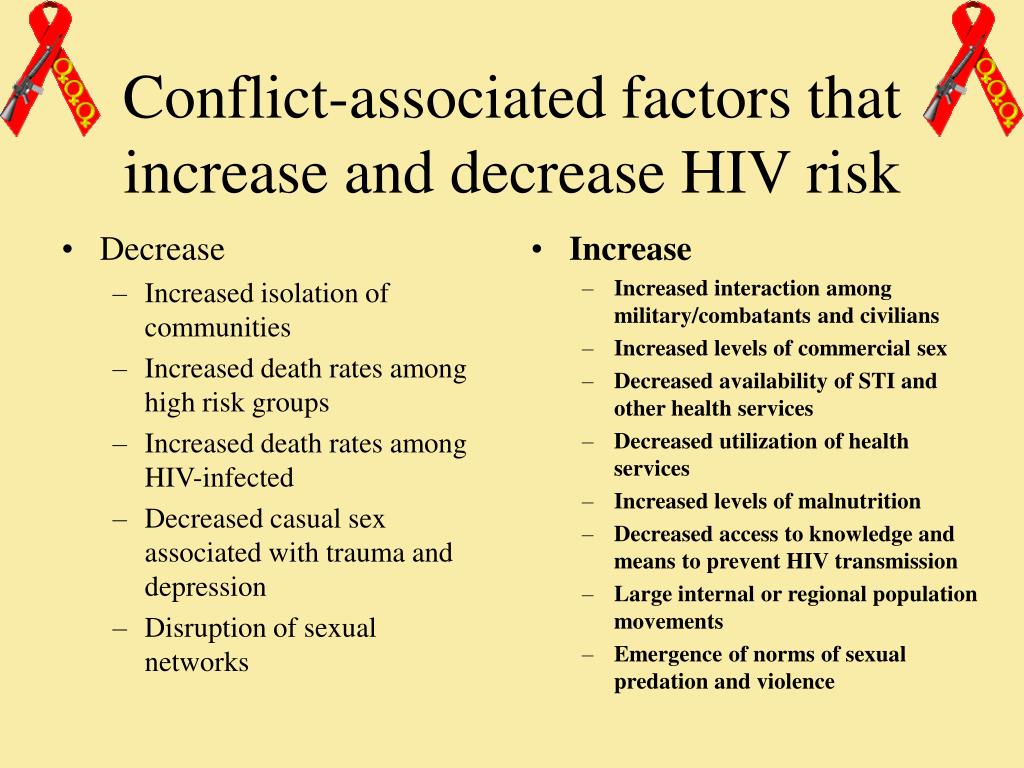
People with HIV can take ART to lower their chance of transmitting HIV to others.ĪRT reduces the quantity of HIV in the body, or viral load, and keeps it at a low level. The CDC recommend starting PEP within 72 hours of a recent potential HIV exposure. Postexposure prophylaxis (PEP): ART drugs that can prevent HIV infection after potential exposure.PrEP is for those who do not have HIV but are at a high risk of contracting it. When a person takes it daily, PrEP can reduce the risk of acquiring HIV through sex by 99%. Preexposure prophylaxis (PrEP): This daily pill contains two antivirals: Tenofovir and emtricitabine.People living with HIV can use the following to prevent transmitting it to others: People who seek help for substance use can contact the Substance Abuse and Mental Health Services Administration (SAMHSA) at 1-80 or visit their website. When people who use injectable drugs share needles and syringes, they risk exposing themselves to blood containing infectious microbes.Īccording to the CDC, the chance of transmission via shared needle use is 0.63%. Used syringes usually contain residual fluid, such as blood, on the needle or nozzle. HIV transmission through needles occurs when a person who does not have HIV uses the same needle or syringe as someone who is HIV positive. However, the risk is even lower if the pregnant person takes antiretroviral (ART) drugs during the pregnancy and breastfeeding or chestfeeding. Research has found that the rate of transmission during pregnancy, labor, delivery, and breastfeeding or chestfeeding is 15-45% without any medical intervention. A person should clean their sex toys between each use and avoid sharing them. Sex toy use: HIV transmission is possible through sharing sex toys, such as dildos, vibrators, and butt plugs.Fingering: To lessen the chance of transmission, a person should ensure they have clean hands and trimmed fingernails so as not to damage the wall of the anus or vagina.the presence of other sexually transmitted infections (STIs)Īlthough it is possible to transmit HIV through the following activities, the chance is low:.Mouth-to-penis oral sex may carry the highest chance of transmitting HIV, but the chances are still very low.įactors that may increase the chance of contracting HIV via oral sex include: The CDC note that there is little to no risk of contracting HIV via oral sex. Having a vaginal infection may also increase the risk of transmission. insertive penile-vaginal intercourse: 0.04%.receptive penile-vaginal intercourse: 0.08%.The chances of contracting HIV via vaginal sex are as follows: HIV can also be contracted from the vaginal fluid and blood through the opening of the penis, the foreskin, and small cuts and scratches or open sores. Limited research is available on the rates of HIV transmission via insertive penile sex in a neovagina. HIV can be contracted through the lining of the vagina and cervix if their sexual partner’s bodily fluids, such as semen and pre-seminal fluid, carry HIV. Vaginal sexĮither sexual partner can contract HIV via vaginal sex. Having a rectal infection like herpes may also increase the risk of transmission. The insertive partner may contract HIV via the urethra or small cuts, scratches, and open sores on the penis. This is because the lining of the rectum is thin and easily injured.

The chance of contracting HIV via anal sex is as follows:Īlthough both can contract HIV via anal sex, the receptive partner has a higher chance. The CDC notes that anal intercourse, regardless of a person’s gender identity or sexual orientation, is the riskiest type of sex for HIV transmission.

Some activities carry a higher chance of contracting HIV than others.


 0 kommentar(er)
0 kommentar(er)
